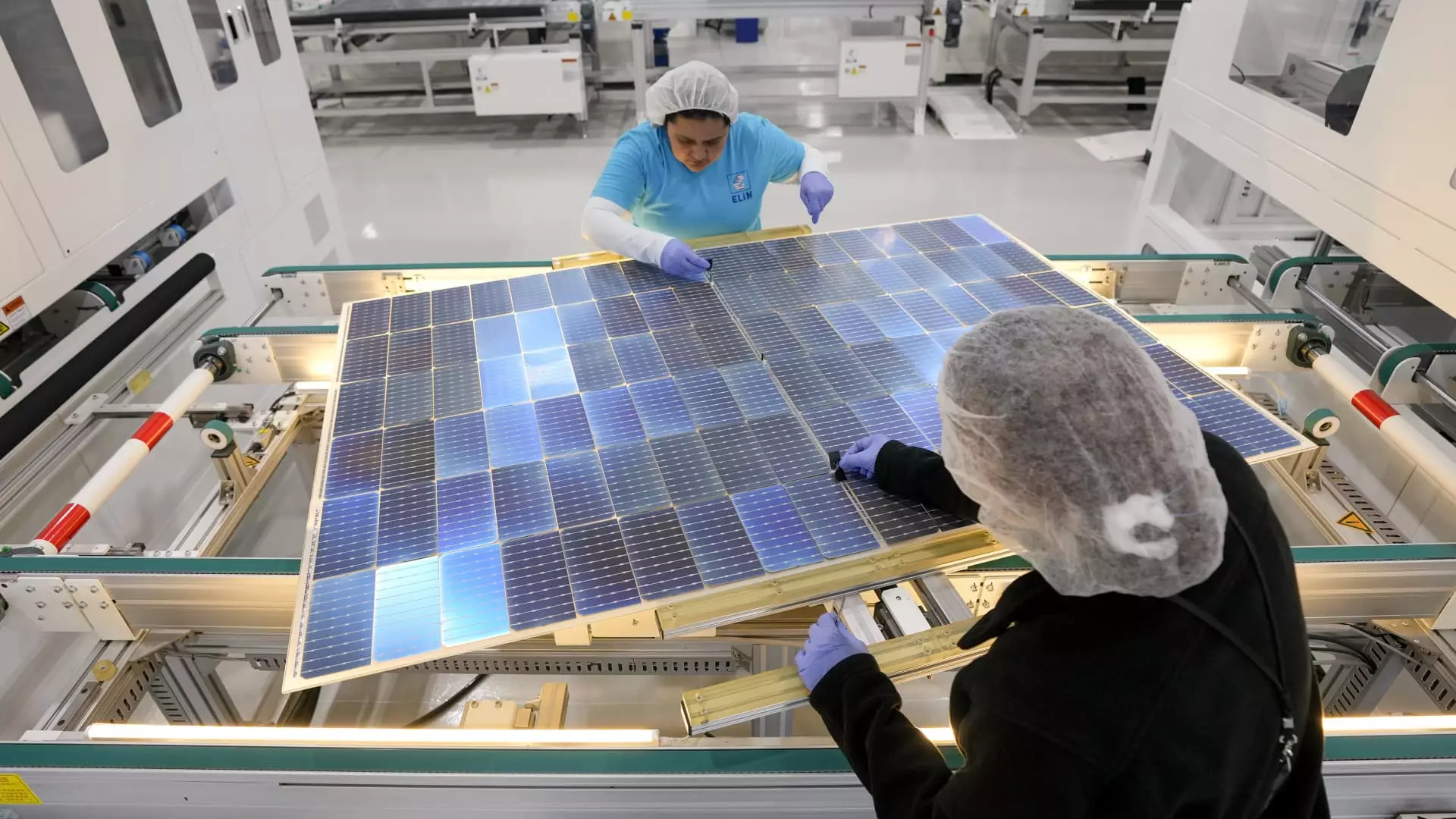The Inflation Reduction Act has been a catalyst for significant investment in the manufacturing and clean energy sectors across the United States. The enactment of the IRA has led to a surge in manufacturing activity and clean energy projects, totaling billions of dollars in investments. Companies have announced large-scale investments in clean energy technologies and electric vehicle manufacturing since the law was signed by President Joe Biden. This has led to a significant increase in manufacturing investments, with over $89 billion allocated to new projects, marking a 305% increase compared to the years before the IRA was implemented.
One of the remarkable aspects of the investments sparked by the IRA is the positive impact on rural communities in need of economic development. While investments in AI and tech tend to be concentrated in big cities, clean energy investments are centered in rural areas. This has brought new economic opportunities and job creation to these regions, breathing new life into local economies. The sheer volume of new manufacturing activity triggered by the IRA is unprecedented and has the potential to revitalize struggling communities.
The IRA has accelerated the deployment of renewable energy sources, with substantial investments in utility-scale solar and battery storage projects. The adoption of renewable energy technologies has seen significant growth, with investments in solar and battery storage projects surging by 56% and 130%, respectively, over the past two years. These developments underscore the importance of government policy in shaping the landscape of the energy sector and driving the transition towards cleaner energy sources.
Challenges and Uncertainties
While the manufacturing boom and clean energy investments facilitated by the IRA have been promising, there are lingering challenges and uncertainties. The potential outcome of the U.S. presidential election poses a significant risk to the future of these investments. Concerns have been raised about the stability of the IRA under a Republican administration, with President Donald Trump expressing intentions to dismantle the law and prioritize traditional energy sources like oil, gas, and coal. The looming uncertainty has cast a shadow over the clean energy sector and led to fluctuations in clean energy stocks.
The political dynamics surrounding the IRA and clean energy investments have had a direct impact on market sentiment and investor confidence. President Trump’s threats to repeal the law and roll back clean energy initiatives have created uncertainty within the industry. The response from investors has been cautious, with some delaying decisions until there is greater clarity on the future policy environment for clean energy. The potential reversal of tax credits for electric vehicles and renewable energy projects could have far-reaching consequences for the industry and hinder its growth trajectory.
Despite the challenges and uncertainties facing the clean energy sector, industry executives and analysts remain optimistic about the resilience of the sector. The investment, production, and manufacturing tax credits driving clean energy spending are expected to withstand potential policy changes. Companies operating in the renewable energy space are betting on the continued growth of the industry, emphasizing the importance of clean energy credits and tax incentives in driving clean energy adoption. The industry’s ability to weather political headwinds and adapt to changing policy landscapes will be crucial in sustaining its momentum.
The Inflation Reduction Act has been instrumental in driving investments in manufacturing and clean energy sectors, ushering in a new era of economic growth and job creation. While the future of these investments remains uncertain, the transformative impact of clean energy technologies and manufacturing innovations cannot be overlooked. The industry’s ability to navigate political challenges and leverage opportunities will be key in shaping the future of clean energy investment in the United States.

